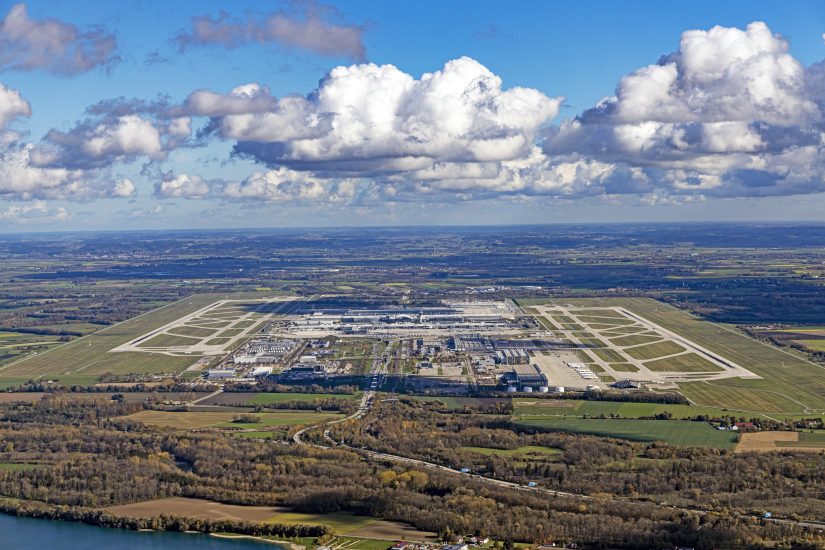“How could CityAirbus fly in the existing airspace structures, ensuring minimal impact on conventional air traffic? This was one of the guiding research questions to be addressed in the Air Mobility Initiative project ’AMI-AirShuttle’’, writes , Head of Air Mobility Initiative at Airbus “Munich Airport International, Airbus and the Technical University of Munich teamed up to work out a two-fold approach to this challenge,” he reports. “They jointly demonstrated an airspace integration concept for Munich Airport based on currently valid regulation as well as exploratory research. The concept assumes operations under instrument flight rules and considers various constraints such as wake turbulence and radar separation, while ensuring minimal impact on conventional air traffic during approach and departure at busy airports.
“Results show that eVTOL approach routes and times can be significantly reduced with dynamic airspace reconfigurations…”
According to the introduction to the paper:
“The study within the Air Mobility Initiative presents a two-fold approach to the integration of novel eVTOL operations into complex airspace environments using the example of Munich Airport. The first step focuses on the definition of eVTOL approach and departure procedures between Munich’s independent parallel runways based on today’s valid regulation. Afterwards, the second step analyzes potential deficiencies on this basis and proposes a novel procedure based on dynamic airspace reconfigurations and predictive Artificial Intelligence (AI) models for aircraft times of arrival, which go beyond today’s regulation.”
For more information
https://www.linkedin.com/feed/update/urn:li:activity:7227605382062321664/
https://arc.aiaa.org/doi/10.2514/6.2024-3786
(Image: Munich Airport)




